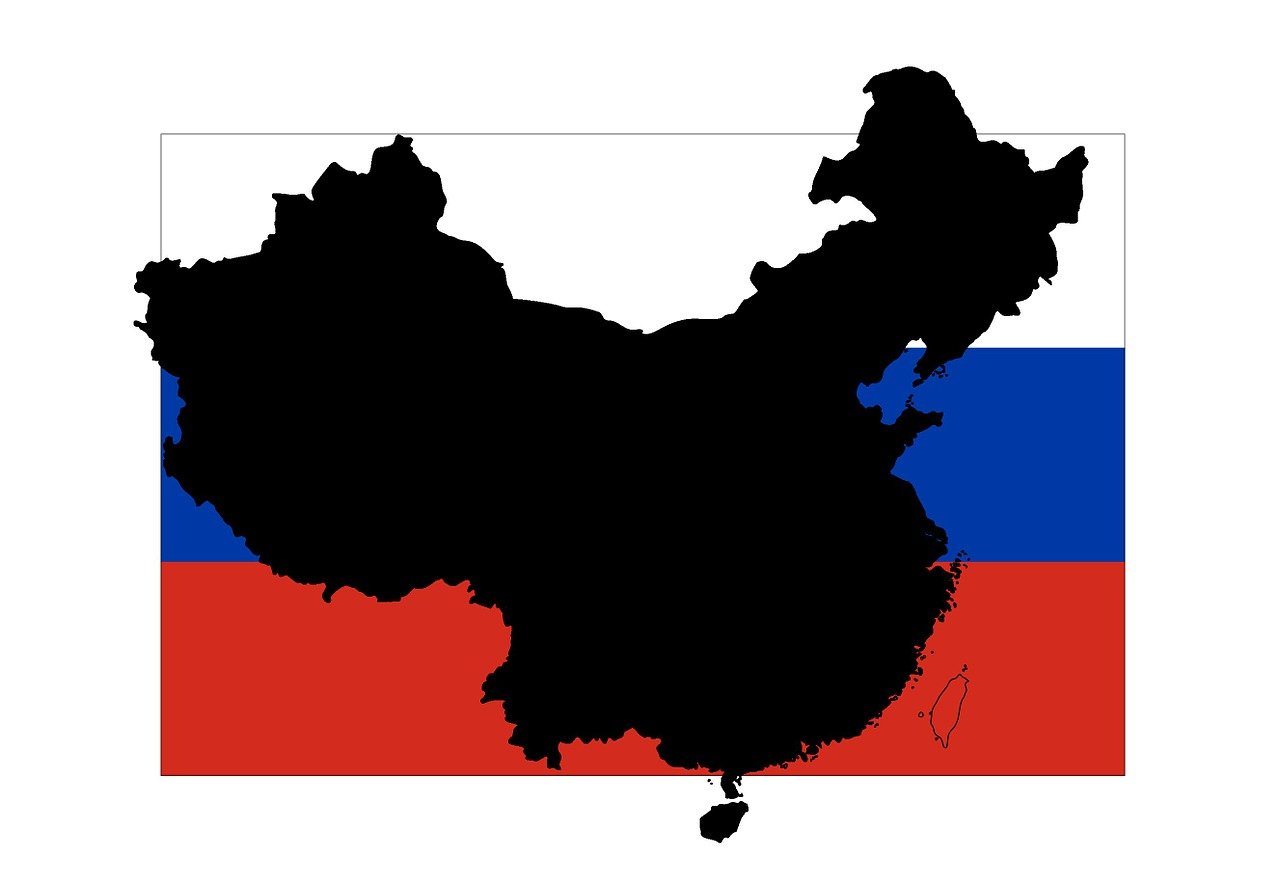新冠疫情英文介绍简短(新冠疫情英文介绍简短版)
新冠疫情英文介绍简短
The COVID-19 pandemic, officially declared by the World Health Organization (WHO) on January 30, 2020, has had a profound impact on global health, economics, and society. This unprecedented event has not only tested the resilience of healthcare systems worldwide but also reshaped our daily lives and the way we interact with each other. Here’s a concise overview of the pandemic in English.
The Outbreak and Initial Response
The virus, formally known as SARS-CoV-2, was first identified in Wuhan, China, in December 2019. Initially labeled a mystery pneumonia, it rapidly became evident that the outbreak was caused by a novel coronavirus. The Chinese government implemented strict containment measures, including locking down the city of Wuhan and restricting travel, which helped slow the spread but also raised concerns about human rights and economic impacts.
International health organizations such as the WHO and national governments around the world initiated a coordinated response, emphasizing public health measures like social distancing, wearing masks, and widespread testing. However, the early stages were marked by a lack of understanding about the virus's transmission and a shortage of personal protective equipment (PPE) for healthcare workers.
Global Spread and Consequences

By March 2020, the virus had spread to over 100 countries, leading to declarations of national emergencies and lockdowns in many parts of the world. The economic impact was immediate and severe, with businesses shutting down, unemployment spiking, and supply chains disrupted. The International Monetary Fund (IMF) estimated that the pandemic could cause the worst recession since the Great Depression.
Healthcare systems faced a crisis as hospitals became overwhelmed with patients, particularly in Europe and the United States. The need for ventilators and other medical equipment outstripped available supplies, leading to a global race for resources.
Scientific Advances and Vaccines
As the pandemic progressed, scientists around the world worked tirelessly to develop vaccines and treatments. By early 2021, several vaccines—including those developed by Pfizer-BioNTech, Moderna, and Oxford-AstraZeneca—received emergency use authorization from regulatory bodies like the FDA in the US and MHRA in the UK. These breakthroughs marked a turning point in the pandemic’s trajectory, with vaccination campaigns launched globally to curb the spread and protect vulnerable populations.

Public Health Measures and Reopening Strategies
To manage the virus’s transmission, governments implemented various public health measures such as mask mandates, social distancing requirements, and contact tracing programs. As vaccination rates rose and hospitalizations decreased, many countries began to ease restrictions, adopting a phased approach to reopening their economies. This transition was met with varying degrees of success, with some regions experiencing renewed outbreaks due to the highly transmissible Delta variant.
Long-Term Implications
The pandemic has had lasting effects on society and the global economy. It accelerated digital transformation in sectors like education (online learning), healthcare (telemedicine), and commerce (e-commerce). It also exposed inequalities in healthcare access and highlighted the need for stronger global health security frameworks.

Moreover, it raised questions about individual responsibility and collective action in the face of a global crisis. The pandemic underscored the importance of investing in public health infrastructure, strengthening international cooperation, and preparing for future pandemics through improved surveillance systems and global health governance.
**Conclusion
The COVID-19 pandemic has been a defining moment in recent history, challenging societies to adapt quickly to an unprecedented situation. While significant progress has been made in controlling the virus through vaccination and public health measures, its long-term impact will continue to be felt for years to come. As we move forward, continued vigilance, collaboration between nations, and investment in resilience will be crucial to mitigating future health crises and ensuring global stability.
This brief overview captures the essence of the COVID-19 pandemic’s impact on a global scale. It highlights key milestones from its initial outbreak to present-day challenges and future considerations for public health and global cooperation.





还没有评论,来说两句吧...